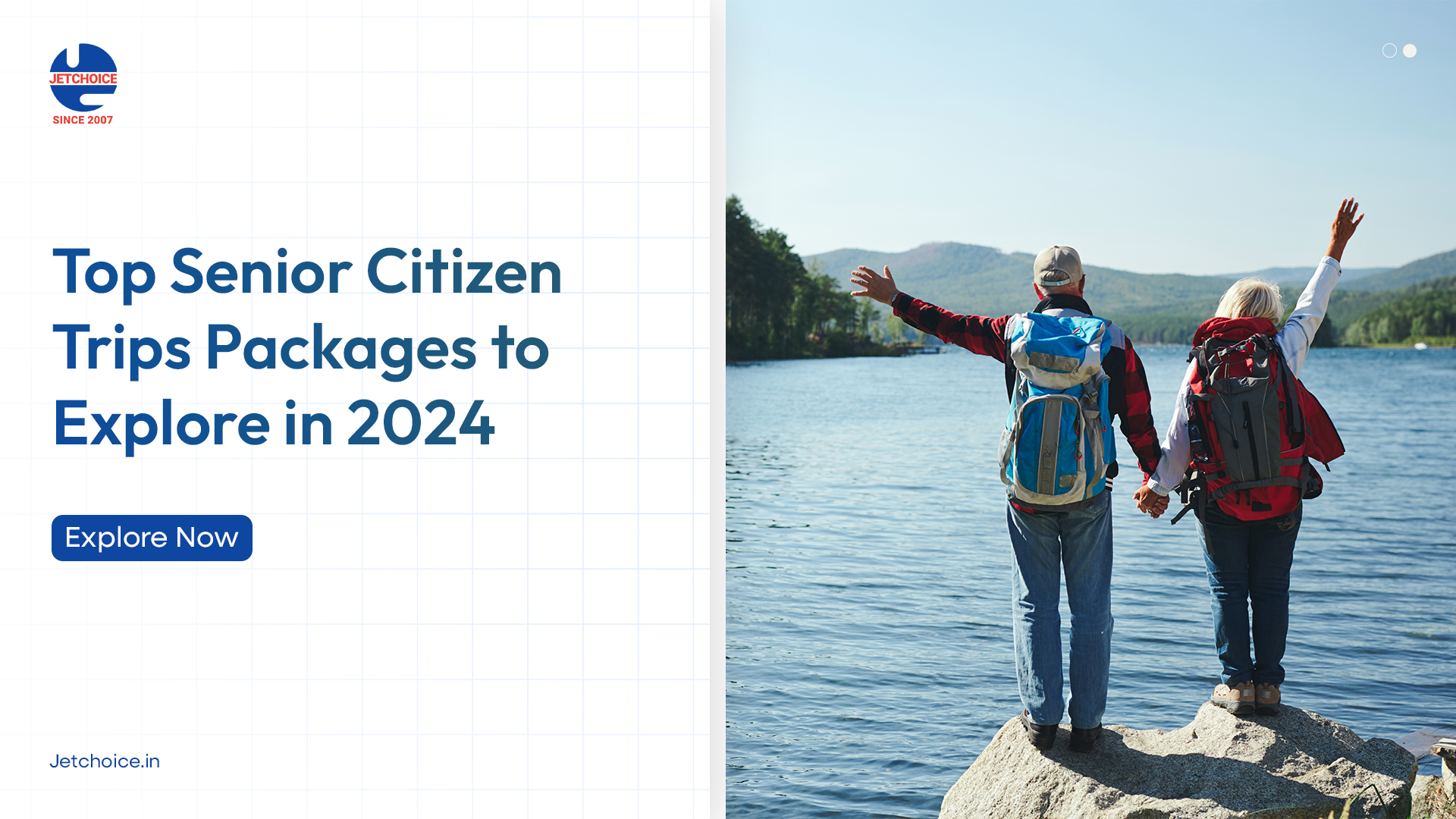Senior citizen trips ideas offer a wealth of possibilities for fulfilling and enriching travel experiences. Whether you envision exploring charming domestic destinations or venturing to captivating international locales, careful planning ensures a safe and enjoyable journey. This guide delves into various trip types, offering insights into accessible locations, practical logistics, and essential considerations for senior travelers, empowering you to craft an unforgettable adventure tailored to your preferences and capabilities.
From meticulously curated itineraries and budget-friendly options to insightful advice on managing health concerns and maximizing accessibility, we aim to provide a comprehensive resource for senior citizens seeking to explore the world. We’ll cover everything from choosing the right accommodations and transportation to navigating visa requirements and packing efficiently. Ultimately, this guide is designed to inspire and empower you to embark on the senior travel adventure of your dreams.
Types of Trips and Activities
Choosing the right type of trip is crucial for a memorable and enjoyable senior citizen travel experience. The ideal choice depends on individual preferences regarding independence, social interaction, and desired level of structure. This section explores three popular options, highlighting their advantages and disadvantages.
Trip Types: Cruises, Escorted Tours, and Independent Travel
Cruises, escorted tours, and independent travel each offer a unique travel experience tailored to different preferences and levels of mobility. Cruises provide all-inclusive packages with onboard entertainment and various amenities, minimizing planning and maximizing relaxation. However, they can be less flexible and potentially more expensive than other options. Escorted tours offer a structured itinerary with a dedicated tour guide, providing a sense of community and ease of travel, particularly beneficial for seniors who prefer less independent planning. Conversely, they might lack the freedom and spontaneity of independent travel. Independent travel allows for maximum flexibility and personalization, catering to individual interests and pace, but it requires more planning and self-reliance. This option may not be suitable for seniors with limited mobility or those who prefer a more structured experience.
Suitable Activities for Seniors
A well-rounded senior citizen trip should incorporate activities catering to diverse interests and mobility levels. Consider these examples:
Several activities can cater to a range of physical abilities and interests, ensuring an engaging and enjoyable trip for all participants. The key is to offer options that are both stimulating and manageable.
- Sightseeing: Gentle walking tours of historical sites or scenic locations, with options for rest stops and alternative transportation (e.g., trams, buses) for those with limited mobility. Examples include exploring a charming European village at a relaxed pace or enjoying a scenic drive through a national park with frequent photo stops.
- Cultural Experiences: Attending local performances, visiting museums with accessible facilities, or participating in cooking classes offering modified activities for varying dexterity levels. This could involve a visit to a renowned art museum with wheelchair access or a hands-on pottery class with simplified techniques.
- Relaxation: Spending time in serene gardens, enjoying spa treatments, or participating in gentle yoga or tai chi sessions. This could involve a peaceful afternoon in a botanical garden or a rejuvenating massage at a resort spa.
- Social Interaction: Joining group activities, attending social gatherings, or participating in workshops designed for seniors. This might include a guided walking tour with a group of peers or a wine-tasting session with opportunities for socializing.
- Nature and Wildlife: Visiting national parks with accessible trails, taking a boat tour to observe wildlife, or simply enjoying birdwatching from a comfortable location. This could be a gentle boat ride on a lake to observe local birds or a visit to a wildlife sanctuary with accessible pathways.
Budgeting for a Senior Citizen Trip
Creating a realistic budget is essential for stress-free travel. Consider these key components:
Careful budgeting ensures a financially responsible and enjoyable trip. Anticipating potential costs and allocating funds accordingly helps avoid unexpected expenses and financial strain.
| Expense Category | Example Costs (USD) | Notes |
|---|---|---|
| Transportation (Flights/Train/Car) | $500 – $2000 | Roundtrip airfare varies greatly depending on destination and time of year. Consider alternative transportation options like trains or buses for cost savings. |
| Accommodation (Hotels/Rental) | $1000 – $3000 | Choose accommodations based on budget and desired amenities. Consider sharing a room to reduce costs. |
| Activities and Entrance Fees | $500 – $1500 | Pre-book tickets and tours to secure better prices and avoid queues. |
| Meals | $750 – $1500 | Factor in daily meal costs, including snacks and drinks. Explore budget-friendly dining options. |
| Miscellaneous (Souvenirs, Tips) | $250 – $500 | Allocate a contingency fund for unexpected expenses. |
A sample budget for a 10-day trip could range from $3000 to $8000 depending on choices and destination.
Accessibility and Safety Considerations
Planning a senior citizen trip requires careful consideration of accessibility and safety to ensure a comfortable and enjoyable experience. Factors such as ease of transportation, security measures, and the suitability of accommodations significantly impact the overall trip satisfaction. Prioritizing these aspects will help create a worry-free and memorable journey for older travelers.
Accessible transportation is paramount for senior travelers. This includes convenient and easily navigable public transport options, as well as readily available private car services. Careful consideration should be given to the specific needs of each individual traveler, including mobility limitations.
Accessible Transportation Options
Public transportation should ideally offer features like ramps, elevators, and clearly marked routes with accessible signage. Private car services, such as ride-sharing apps or specialized senior transport companies, offer door-to-door service, eliminating the need to navigate public transit systems. Pre-booking these services is advisable, especially during peak travel times, to ensure availability and avoid potential delays. For example, many cities now offer accessible taxi services or specialized transportation for seniors that provide assistance with boarding and disembarking. These services often offer vehicles equipped with ramps or lifts.
Safety Measures for Senior Travelers
Prior to departure, senior citizens should inform family and friends of their detailed itinerary, including flight numbers, hotel information, and planned activities. Sharing a copy of their itinerary electronically can facilitate easy communication and provide peace of mind for both the traveler and their loved ones. Regular check-ins during the trip are also recommended. Carrying a readily accessible emergency contact list with important phone numbers is another crucial safety measure. This list should include family, friends, doctors, and emergency services.
Senior-Friendly Hotel Room Features
A senior-friendly hotel room prioritizes ease of access and safety. Adequate lighting, particularly near entrances and bathrooms, is essential for preventing falls. The lighting should be adjustable, allowing for brightness control to suit individual preferences and reduce eye strain. Bathrooms should feature grab bars in the shower and toilet areas, non-slip flooring, and a walk-in shower or a shower with a low step-in threshold. Furniture should be arranged to allow for easy movement and ample space for wheelchairs or walkers. Furniture should also be sturdy and stable, avoiding items that are easily tipped over. For instance, a bedside table with a lower profile and a stable base would be preferable to a taller, more easily tipped-over table. A well-lit and uncluttered space contributes significantly to a comfortable and safe environment.
Epilogue
Planning a trip as a senior citizen should be an exciting prospect, not a daunting task. By carefully considering accessibility, safety, and personal preferences, you can craft a travel experience that is both fulfilling and memorable. Remember to prioritize your comfort and well-being throughout the planning process, and don’t hesitate to seek assistance from travel professionals or family members when needed. With thorough preparation and a positive attitude, your senior citizen trip promises to be an enriching and rewarding experience, creating lasting memories and expanding your horizons.




